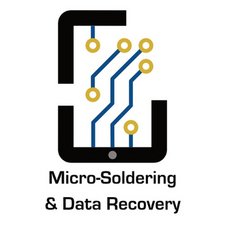Hi Tomas. The vast majority of the iPhone micro-solderers replace the PMIC by hand with a hot air station, not with a BGA Reballing machine. Micro-soldering on iPhone logic boards is as much an art as it is a science and most of the folks you see regularly publishing on Youtube (Jessa, Jason, Louis, etc...) do it by hand.
The big difference between repairing a motherboard (i.e. laptop or computer) and a logic board (iPhone, Smartphone and tablet) is the thinness and component density. iDevice logic board are very thin, have ~10 layers of traces and have high component density. No doubt the large-scale GPU's on motherboards represent their own set of challenges but using a reballing machine for replacing a PMIC is like using a jackhammer to repair cabinetry.
What I suspect is happening is that excessive amounts of heat are bleeding over to adjacent components and IC's and you are probably creating shorts underneath them. By the time the PMIC is at the proper temperature, you probably have half of the logic board at the right melting temperature as well.
Also, as some IC's have lots of underfill, when they get heated the pressure builds up underneath and eventually the solder balls explode out from the sides. That's a sure sign you shorted out that component.
So you can keep experimenting with heat curves and you may just find something that works consistently well but the best bet is to develop the "right touch" and then you will become a micro-soldering "artisan" :>).

 3
3  6
6 
 806
806